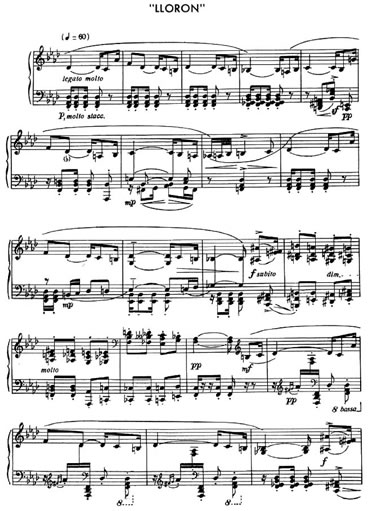
In 2016 I had the privilege of preparing a new edition of Alberto Ginastera’s Doce Preludios Americanos Op. 12 (Twelve American Preludes) for piano, at the invitation of Carl Fischer Publishing, the US publishing house that first published this work in 1946. This edition includes my own recording of the whole piece. In order to prepare this new edition I consulted many sources, including the correspondence between Ginastera and the people at Carl Fischer in 1945 and 1946, and the original manuscripts of the work in the Paul Sacher Archives in Switzerland.
Ginastera’s American Preludes were written and premiered in 1944 in Buenos Aires. Raul Spivak, a pianist and friend of Ginastera’s, was in charge of giving the first performance during one of Asociación Wagneriana’s concerts.  The composer later sent the manuscript to Fischer in New York at the publisher’s request, for consideration. The editor at Fischer quickly accepted the manuscript for publication. The work was published in early 1946, during the composer’s first visit to the US.
The American Preludes are amazing pieces not only because of their experimental yet effective style, but also because they span a large range of difficulty, from mid intermediate to advanced. Therefore they have been used frequently by teachers to introduce 20th century idioms in a user-friendly and effective manner. Among the most often performed are numbers 3 and 6, “Danza Criolla” (Creole Dance) and “Homenaje a Roberto GarcÃa Morillo” (Tribute to Roberto GarcÃa Morillo). I will write about these and other movements  in a later post.
Today I want to introduce the first two preludes: “Triste” (originally wrongly translated as “Sadness”) and “Para los Acentos” (Accents). If you know these pieces you might be thinking “wait a minute… you have the incorrect order — Accents is supposed to be first, and Triste second!). Well, you are partially right. The 1946 edition did feature Accents first and Triste second, but not the original manuscript. In fact when the work was premiered in 1944, Triste was the first piece. And later on, even after the publication of the piece, this order (with Triste first) was presented in a performance at Tanglewood in the summer if 1946, with Ginastera in attendance. To me, this is evidence that the composer preferred this order.
Why, oh why, you may ask, did the 1946 edition reverse the order of these two pieces, and was this new order approved by the composer? I haven’t found any evidence that the composer approved this order. What I did find in Fischer’s archives is an internal memo that seems to indicate that the order was reversed… wait for it… to avoid a bad page turn!!!
Music has a life of its own, and the history of a piece would often determine the way a piece is played, even if the historically-accepted way  contradicts the composer’s intentions. True. So, if you preferred to adhere to the modified order with Triste second, fine by me. The piece has a history of being played this way. However, I truly enjoy playing it in the original order; I really think it works better! Ginastera had been experimenting with slow introductions — you can see this in his 1941 Malambo for piano, and his Suite of Creole Dances Op. 15 and some other examples. Triste may very well act as one of those slow openings.
Here’s my performance of the opening movements. You judge for yourself. In the meantime, feel free to order your copy of my new edition, which includes a substantial preface with a history of the piece and pedagogical suggestions.
 look inside |
12 American Preludes -‘Doce Preludios Americanos’ Composed by Alberto Ginastera (1916-1983). 20th Century. Collection. With standard notation, fingerings and introductory text. 23 pages. Carl Fischer #O005471. Published by Carl Fischer (CF.O5471). |

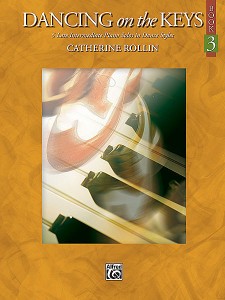





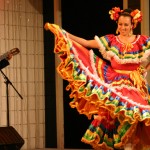




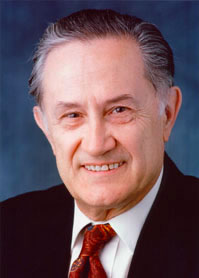 Luis Jorge Gonzalez is a compatriot of mine. He was born in San Juan, Argentina, in 1936. Coincidentally, Luis Jorge studied piano and composition at the same university where I got my first undergraduate degree in piano – the Universidad Nacional de Cuyo, in Mendoza, Argentina. Luis Jorge came to the US in the 1970s to study composition at the Peabody Conservatory. He taught at the University of Colorado at Boulder from the 1980s until 2003, when he retired. You can read about his distinguished career on wikipedia (in Spanish for now):
Luis Jorge Gonzalez is a compatriot of mine. He was born in San Juan, Argentina, in 1936. Coincidentally, Luis Jorge studied piano and composition at the same university where I got my first undergraduate degree in piano – the Universidad Nacional de Cuyo, in Mendoza, Argentina. Luis Jorge came to the US in the 1970s to study composition at the Peabody Conservatory. He taught at the University of Colorado at Boulder from the 1980s until 2003, when he retired. You can read about his distinguished career on wikipedia (in Spanish for now): 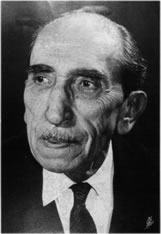 Luis Gianneo is one of the “best kept secrets” of Argentine music. His piano music is original and solid, and the overall quality of his creations is high. He wrote well for the piano – his pieces are comfortable for the most part and fun to play. He published mostly at the defunct Editorial Argentina de Musica. Some of his works have been republished by Peer Music International.
Luis Gianneo is one of the “best kept secrets” of Argentine music. His piano music is original and solid, and the overall quality of his creations is high. He wrote well for the piano – his pieces are comfortable for the most part and fun to play. He published mostly at the defunct Editorial Argentina de Musica. Some of his works have been republished by Peer Music International.



 Juan José Castro belonged to a family of musicians. Two of his younger brothers — José MarÃa and Washington Castro– also became composers of fame in Argentina. Juan José was born in Avellaneda in 1895, one of the working-class suburbs of Buenos Aires that spawn the urban tango genre at the end of the 19th century. Undoubtedly Castro was in touch with this popular genre; he composed some light tangos in the early 1910s, when he was in his late teens. Among these were the charming “Qué titéo!” which was published, and a couple of other tangos that were recorded by a well-known popular band of the time. This first-hand knowledge of the genre is evident in his more sophisticated 1941 “Tangos” – they possess that unmistakable freshness and authenticity of the original genre.
Juan José Castro belonged to a family of musicians. Two of his younger brothers — José MarÃa and Washington Castro– also became composers of fame in Argentina. Juan José was born in Avellaneda in 1895, one of the working-class suburbs of Buenos Aires that spawn the urban tango genre at the end of the 19th century. Undoubtedly Castro was in touch with this popular genre; he composed some light tangos in the early 1910s, when he was in his late teens. Among these were the charming “Qué titéo!” which was published, and a couple of other tangos that were recorded by a well-known popular band of the time. This first-hand knowledge of the genre is evident in his more sophisticated 1941 “Tangos” – they possess that unmistakable freshness and authenticity of the original genre. 
